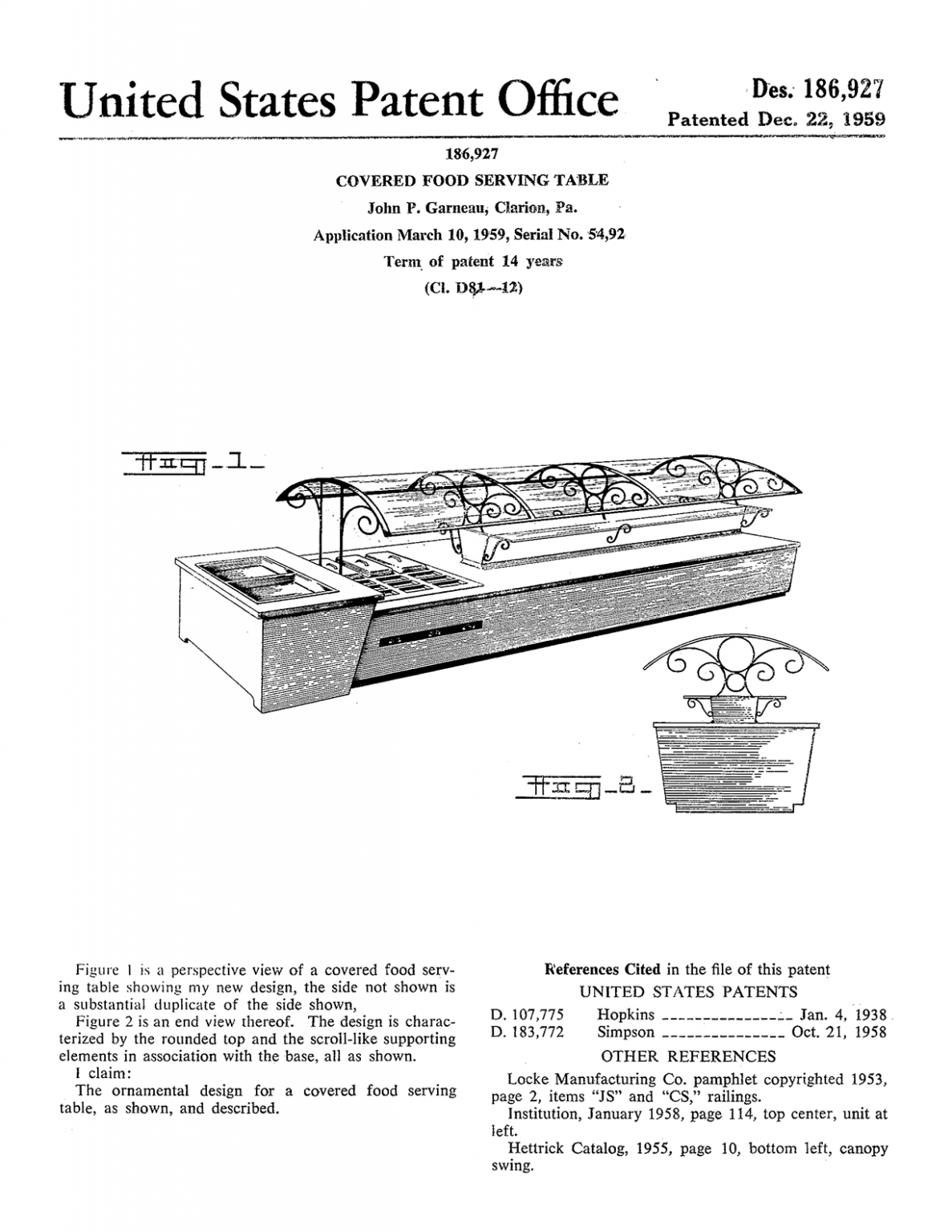June 29, 2020
The now notorious Coronavirus disease 2019 (or COVID-19) is a dangerous, sometimes fatal respiratory illness caused by a virus called SARS-CoV-2. By now—thanks to exposure to TV, magazine, and newspaper reports—everyone in America must be something of an expert on the Covid-19 coronavirus: what it is, disease symptoms, how it is transmitted, and ways to minimize the spread of infection. These include:
- Wearing of face masks
- Thorough and frequent handwashing
- Keeping a 6-foot distance from other people
- Avoidance of crowded, enclosed spaces
- Use of personal protective equipment, where appropriate

Ultrastructural morphology of coronaviruses (Source)
OSHA defines personal protective equipment, commonly referred to as “PPE,” as equipment worn to minimize exposure to hazards that cause serious workplace injuries and illnesses. These injuries and illnesses may result from contact with chemical, radiological, physical, electrical, mechanical, or other workplace hazards. Personal protective equipment may include items such as gloves, safety glasses and shoes, earplugs or muffs, hard hats, respirators, or coveralls, vests, and full body suits. It can also include equipment that is not worn yet still protects individuals from disease hazards. One good example is the humble sneeze guard.
Invention of the Sneeze Guard
By definition, a sneeze guard is any physical protective barrier that prevents the risk of airborne contaminants from spreading. These can be used to protect customers, employees, or products from coming into contact with dust, debris, and germs.
Most people in the restaurant-going public have encountered sneeze guards already—in the once ubiquitous restaurant salad bar, smorgasbords, or anywhere that self-serve, cafeteria-style, buffet food is prepared and put out.
Sneeze guards are a public safety invention conceived long before Covid-19 arrived on the scene.


Perspective and end views of Johnny Garneau’s patented covered food service table, or sneeze guard
In 1959, a restaurateur and inventor (not to mention germaphobe) named Johnny Garneau filed a patent for the “Covered Food Service Table,” later known as the “sneeze guard,” meant to protect food on display from bacteria and other germs that may be spread by sneezing. At the time of his invention, he owned and ran a chain of American-style smorgasbord restaurants in Ohio and Pennsylvania—a set price, all-you-can-eat buffet model based off of the traditional Swedish “smorgasbord,” a celebratory meal, buffet style, with a laid-out table of food.
It was not just sneezing around his buffets that bothered Garneau; he did not like watching people in his restaurants bend over to smell each entrée or side dish, all while breathing their germs onto the food. So Garneau designed his own table with a built-in, overhead sneeze guard—a curved, decorative glass pane arching gracefully over each side, supported by ornamental ironwork. While it’s true that other restaurants had similar devices in place that performed essentially the same function, Garneau’s sneeze guards combined all the necessary elements into one elegant package. They were already in use in his restaurants when he received the patent in 1959 for his Covered Food Serving Table.
Garneau’s invention effectively changed the standard for food safety in self-service environments. Along with health codes, adding sneeze guards became necessary to secure the Seal of Approval from the National Sanitation Foundation, which requires that “a food shield shall provide a barrier between the mouth of a customer and unpackaged food to minimize the potential of contamination of the food by a customer.” Furthermore, these days it’s required by law that retail, self-service food bars have one. The most current law, the U.S. FDA Public Health Service 2017 Food Code, under section 3-306.11, states that:
Except for nuts in the shell and whole, raw fruits and vegetables that are intended for hulling, peeling, or washing by the CONSUMER before consumption, FOOD on display shall be protected from contamination by the use of PACKAGING; counter, service line, or salad bar FOOD guards; display cases; or other effective means.
Fast forward 61 years, to the beginning of 2020, when coronavirus began wreaking havoc on the world. Current research indicates that COVID-19 is most readily transmitted through “aerosols,” which are microdroplets every person disperses into the air through sneezing, coughing, singing, loud speaking, and even just breathing.
Thus, in February 2020, the World Health Organization advised the use of “physical barriers to reduce exposure to the COVID-19 virus, such as glass or plastic windows,” which is in line with the advice of the Centers for Disease Control and Prevention, which recommends that businesses “place a barrier (e.g., sneeze guard) between employees and customers.”
Thus, sneeze guards—which started as clear protective partitions over salad bars, buffet stations, and in other culinary contexts—are now popping up all over as clear plexiglass panels in business settings, such as in office cubicles, at checkout counters in stores and restaurants, in doctors’ offices, and generally everywhere people are interacting face-to-face. In combination with appropriate procedures, sneeze guards can provide a valuable means to limit spreading germs.

Sneeze guards are popping up in businesses everywhere. Effective against droplets from sneezing or coughing, they give workers the critical protection they need and deserve. (Source)
Framing Tech offers various options for panel types, including clear, opaque, and tinted acrylic, as well as various panel thicknesses based on your needs. All of our sneeze guards are available with pass-through openings. Any of our designs can be made out of our smooth-faced extrusions, perfect for wipe-down applications that require constant sanitation. To clean the panels, simply wipe them down with mild soapy water and a soft sponge. Let us assist you with creating your ideal sneeze guard solution today!

Framing Tech Sneeze Guards—shop now!







